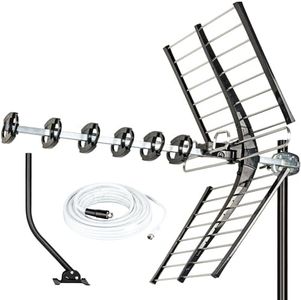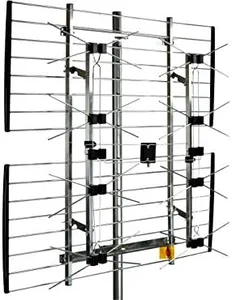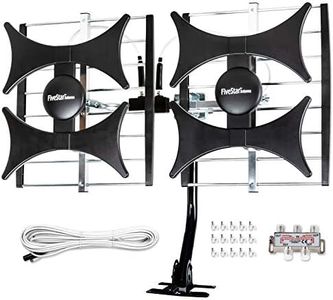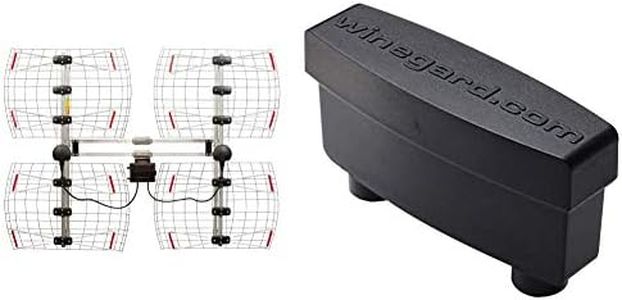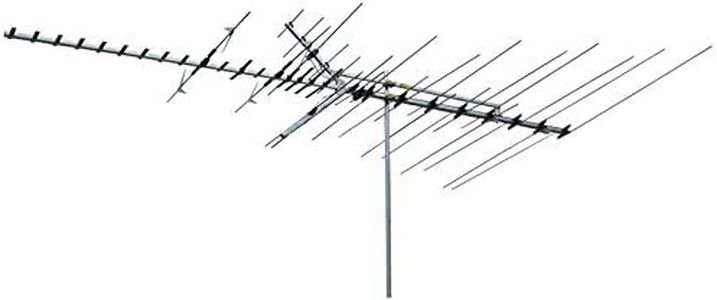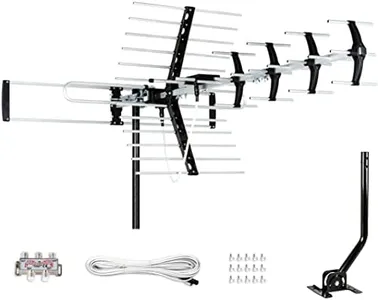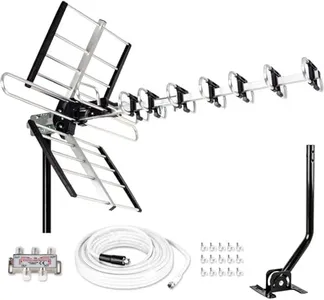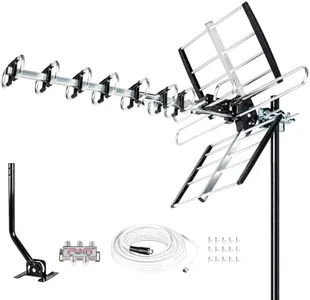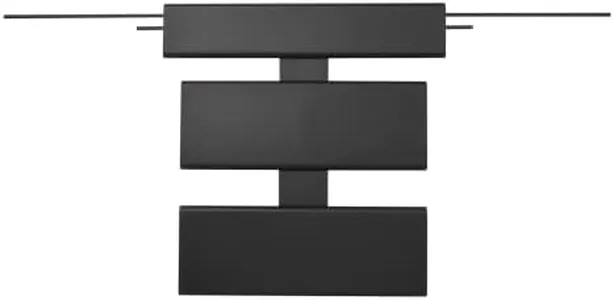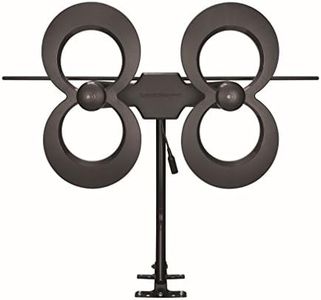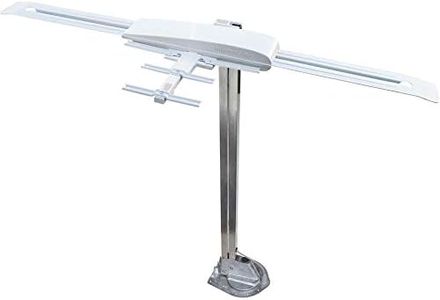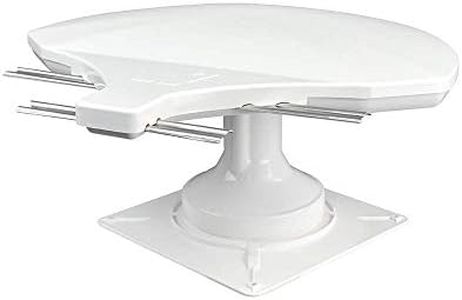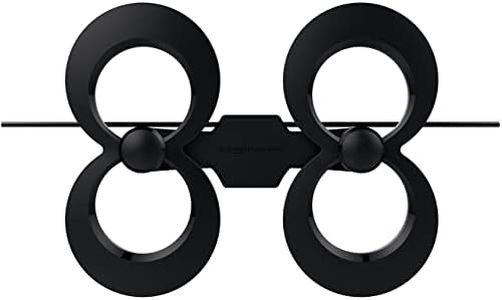10 Best Hdtv Antennas 2025 in the United States
Our technology thoroughly searches through the online shopping world, reviewing hundreds of sites. We then process and analyze this information, updating in real-time to bring you the latest top-rated products. This way, you always get the best and most current options available.

Our Top Picks
Winner
Channel Master EXTREMEtenna - Multi-Directional Outdoor HDTV Digital Antenna, 80+ Mile Range, 8-Bay Bowtie, 180° Wide-Angle Reception, Industry-Leading Reception Power, UHF/VHF Support for Free OTA TV
Most important from
2450 reviews
The Channel Master EXTREMEtenna is an outdoor HDTV antenna designed for those looking to cut the cord and enjoy free HDTV channels. One of its standout features is its impressive 80-mile range, which makes it suitable for rural or suburban areas where signal strength might be an issue. The multi-directional design, with a 180-degree reception span, ensures that you can capture signals from various directions without needing to frequently adjust the antenna's position. This can be especially handy if you want to catch channels broadcasted from different locations.
The antenna supports uncompressed 1080i HDTV broadcasts, providing high-quality video and audio that can often surpass cable and satellite. For installation versatility, it comes preassembled and can be mounted on various surfaces, including rooftops, chimneys, eaves, walls, attics, and balconies. However, it's worth noting that the mast and coaxial cable, which are necessary for installation, are sold separately. This might be an inconvenience for some users as it adds to the total setup cost.
The antenna is relatively large but compact enough to fit in most installation spots without being overly obtrusive. Its weight of 10 pounds might require a sturdy mounting position. This antenna is best suited for users who are looking for a long-range, multi-directional antenna that can be installed outdoors or in an attic and are comfortable purchasing additional installation components separately.
Most important from
2450 reviews
Winegard HD7698A Long Range Outdoor HDTV Antenna - 65+ Mile Range, High-VHF/UHF, 4K Ultra-HD Ready, Free Local Channels, Amplify with Boost XT LNA-200
Most important from
453 reviews
The Winegard HD7698A Long Range Outdoor HDTV Antenna is designed for those seeking a strong, reliable signal for local channels, especially in rural areas. With a range of over 65 miles, it excels in capturing both High-VHF and UHF signals, making it a great choice for users who want to cut the cord and enjoy free TV programming. The antenna is also 4K Ultra-HD ready, preparing users for future advancements in digital television technology.
One of its key strengths is the amplified signal capability with the Winegard Boost XT LNA-200, which offers improved range and reliability. This feature is particularly advantageous for those living in challenging reception areas. The antenna's design is focused on performance, with precision-mounted electronics that enhance the signal transfer efficiency.
There are a few considerations to keep in mind. Installation can be a bit complex, as it's designed for outdoor use and may require some technical knowledge for proper mounting. Additionally, while it claims to receive a broad range of channels, actual performance can vary significantly based on location and obstacles like trees or buildings. Some users may also find the size of the antenna to be somewhat bulky.
Most important from
453 reviews
Buying Guide for the Best Hdtv Antennas
Choosing the right HDTV antenna can significantly enhance your TV viewing experience by providing access to free over-the-air channels. The key is to understand your needs and the specifications that matter most for your location and preferences. Here are some important specs to consider when selecting an HDTV antenna.FAQ
Most Popular Categories Right Now
